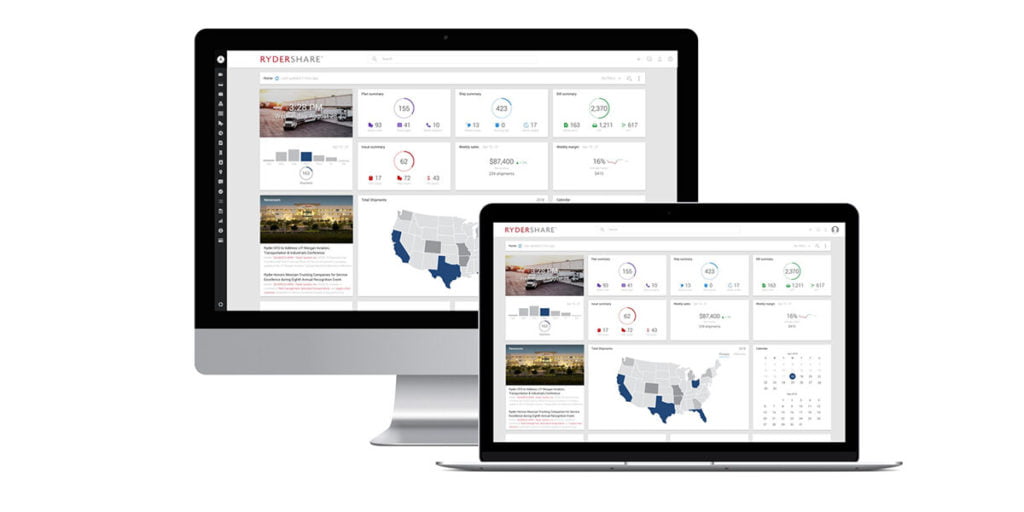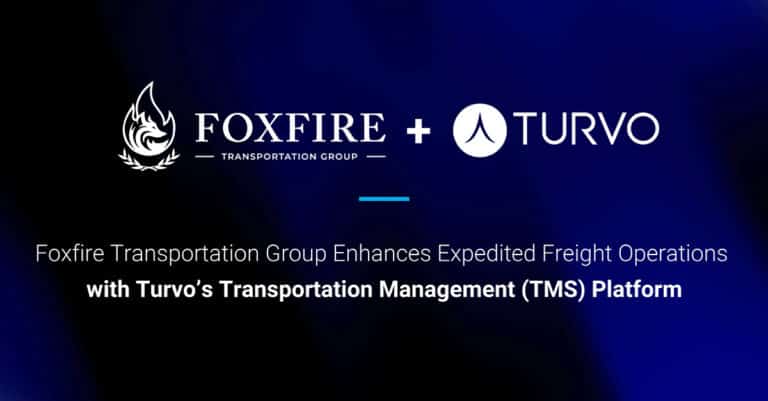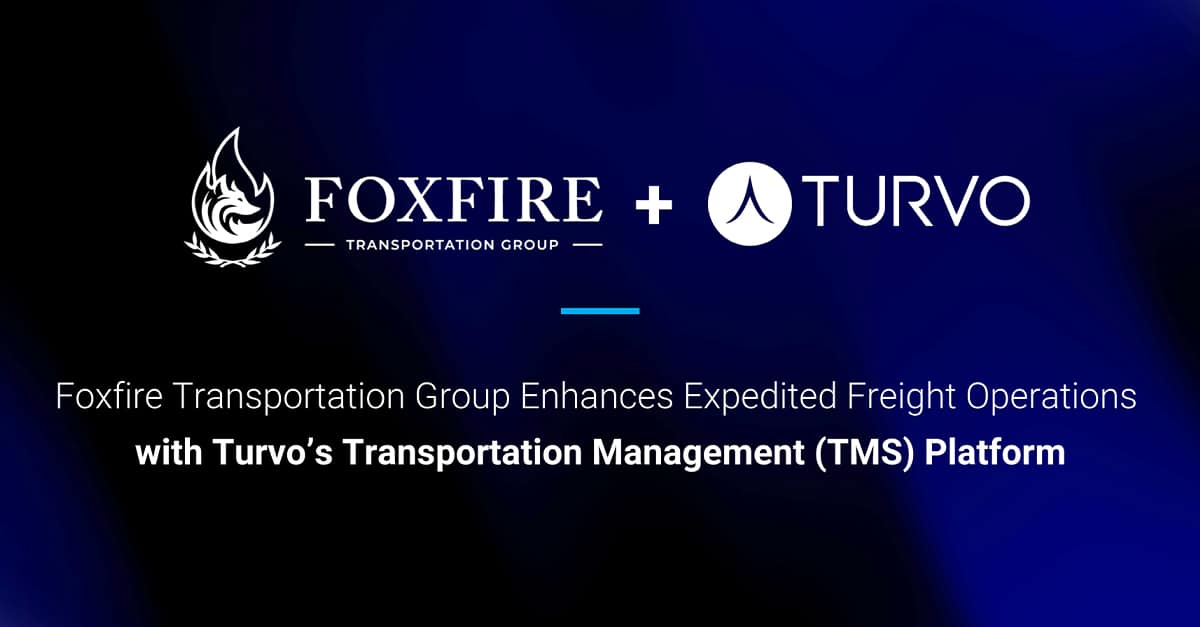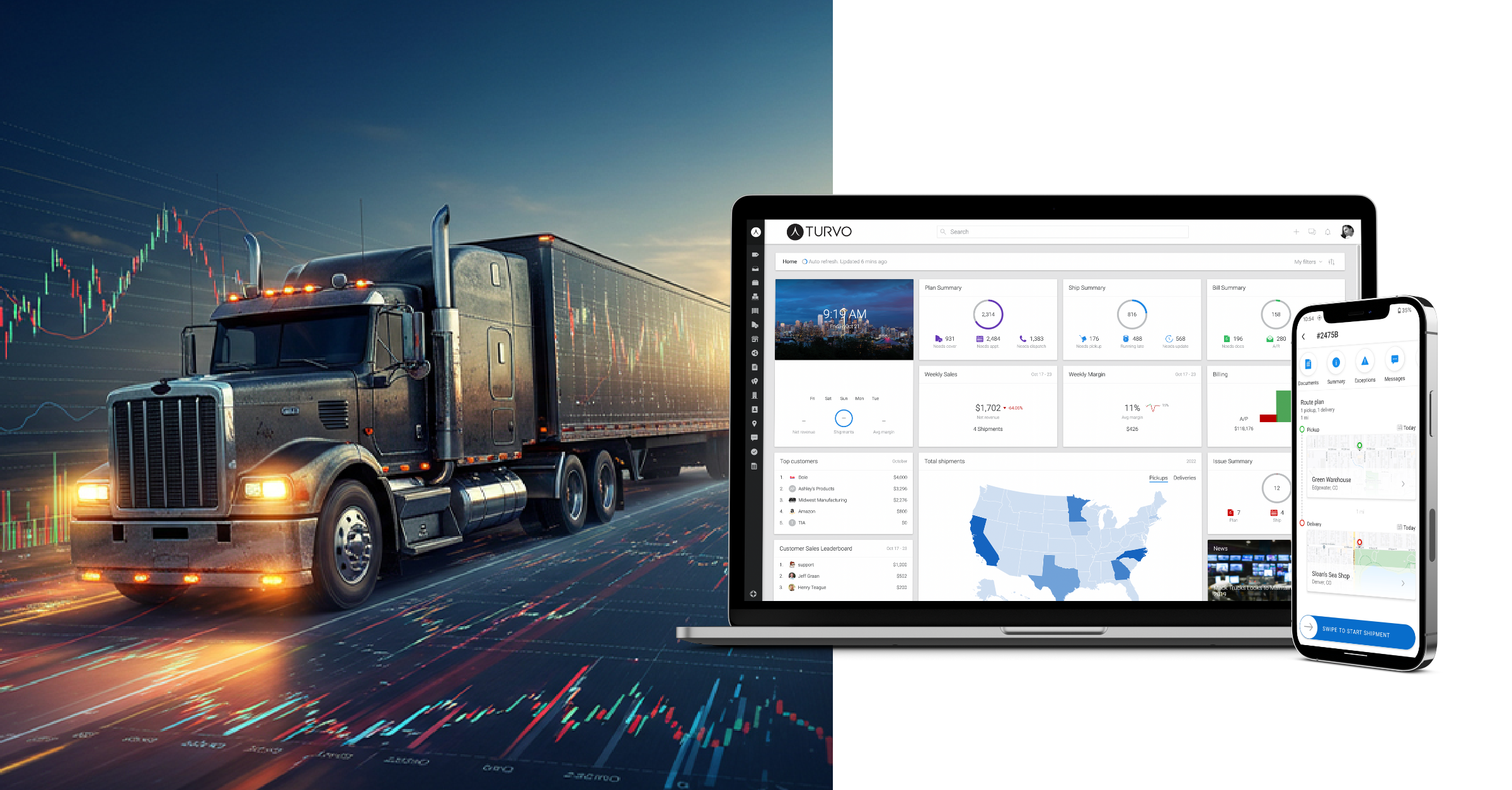Cloud-first by design: scale volume without scaling the server room
For IT leaders inside freight brokerages, growth usually shows up as integration requests, new business units, and a spike in shipments per day. In an on-prem world, that means more hardware, patches, and weekend cutovers. Turvo removes that burden with a cloud-native, multi-tenant architecture that elastically scales compute and storage as volumes rise. The platform handles security updates, performance tuning, and disaster recovery at the platform layer, so your team stops spending cycles on OS patching, DB maintenance, and capacity planning. Upgrades arrive continuously with zero on-site hardware to procure or maintain and without outage windows that steal capacity from your roadmap.
Operational stability rides along with this model. Traffic bursts such as end-of-quarter tenders, weather events, and peak season, are absorbed by autoscaling services and managed queues. When a dependent carrier API slows, Turvo’s connector layer applies backoff, retries, and circuit-breaking so upstream users see a graceful experience instead of a flood of errors. Your IT tickets don’t spike just because the network had a busy day.
API-first connectivity that cuts integration cost and complexity
Scalability is as much an integration problem as a compute problem. Turvo’s API-first approach gives you contract-driven REST endpoints, webhooks for event delivery, and EDI translation when partners aren’t API-ready. That means you can bring ERP, WMS, visibility providers, pricing engines, payments, and data warehouses into the same flow without brittle CSV jobs or point-to-point custom code.
Versioned endpoints and schema validation keep changes safe. Sandbox tenants let developers test mappings and error paths before go-live. Webhooks deliver shipment events in near-real time to your downstream systems, replacing poll-heavy patterns that waste compute and create lag. For partners who still speak EDI 204/214/990/210, Turvo’s managed translation keeps legacy carriers in the loop while the rest of your stack stays modern. The practical outcome for IT: fewer one-off scripts to maintain, faster partner onboarding, and cleaner data pipes that scale with your business.
Self-service with guardrails: fewer tickets, more throughput
A major hidden drag on IT is the steady drip of “just one change” requests such as new users, new roles, routing rules, accessorial policies, or customer-specific workflows. Turvo pushes many of these into secure, role-based self-service so operations can configure what they need without opening a ticket, while IT retains governance.
- Role-based access and SSO centralize identity across business units and trading partners, cutting down on manual provisioning.
- Configurable automations let ops define triggers and actions for rating, tendering, status updates, and document handling. IT sets policy boundaries, then delegates execution.
- Entity and region templates standardize best practices. Spinning up a new branch or service line becomes a template clone rather than a project.
This pattern reduces ticket volume and shortens time to value when the business wins a new account, launches a cross-border program, or stands up an e-commerce returns flow.
Built-in observability and governance: keep performance and compliance predictable
Scaling well requires seeing problems before users do. Turvo exposes health metrics, latency, error rates, and throughput at the integration and workflow layers, so your team can spot a degrading connector or a slow lane rating call early. Detailed audit logs track who changed what and when, tying configuration and data lineage to each shipment event for compliance and faster root-cause analysis.
Data governance is first-class: encryption in transit and at rest, environment separation for dev/stage/prod, granular permissions down to object level, and immutable timelines that bind documents, messages, and status events to the shipment of record. When auditors ask for evidence, the platform already has it organized by design. When leadership asks for scale plans, you can point to actual capacity and performance headroom instead of guesswork.
Technology for growth: expand services and markets without replatforming
True scalability is the ability to say “yes” to growth without re-architecting. With Turvo, you add volume, entities, modes, and regions against the same platform primitives, like orders, shipments, geofences, documents, and invoices, so complexity doesn’t multiply with each expansion.
- Add service lines like LTL, TL, parcel, final mile, or cross-border using common objects and shared timelines.
- Add regions and currencies while keeping a normalized currency of record for reporting, so finance gets apples-to-apples profitability even as ops quotes and settles in a customer’s local currency.
- Add partners through secure portal access and standardized onboarding flows, reducing variance and keeping SLAs consistent.
Because these changes are configuration-driven, IT can keep its roadmap focused on strategic data, analytics, and platform improvements rather than perpetual plumbing.
Ready to scale volume without scaling your server footprint or IT headcount? Request a Turvo demo and see how a cloud-based TMS turns growth into a system property—not a staffing plan.








